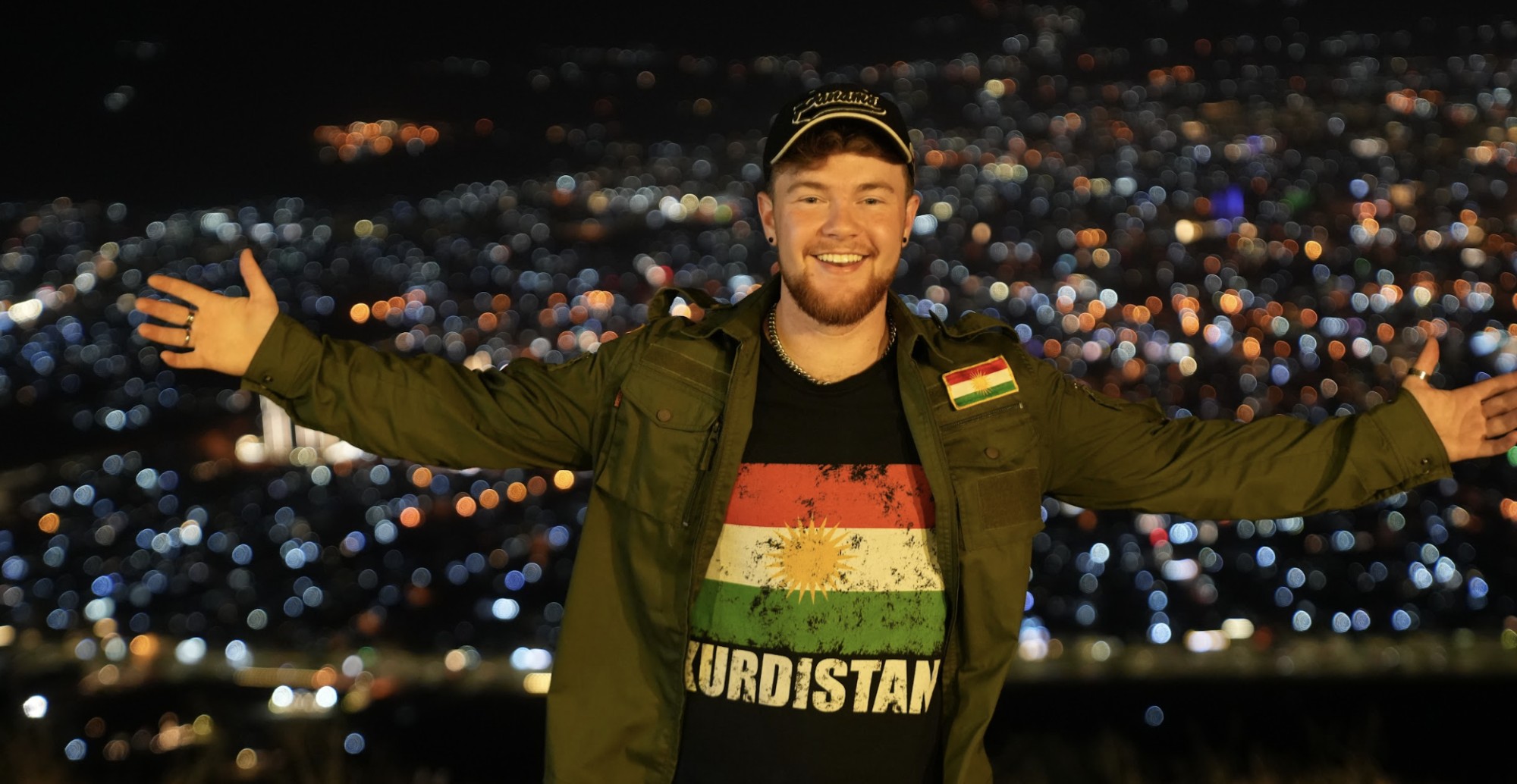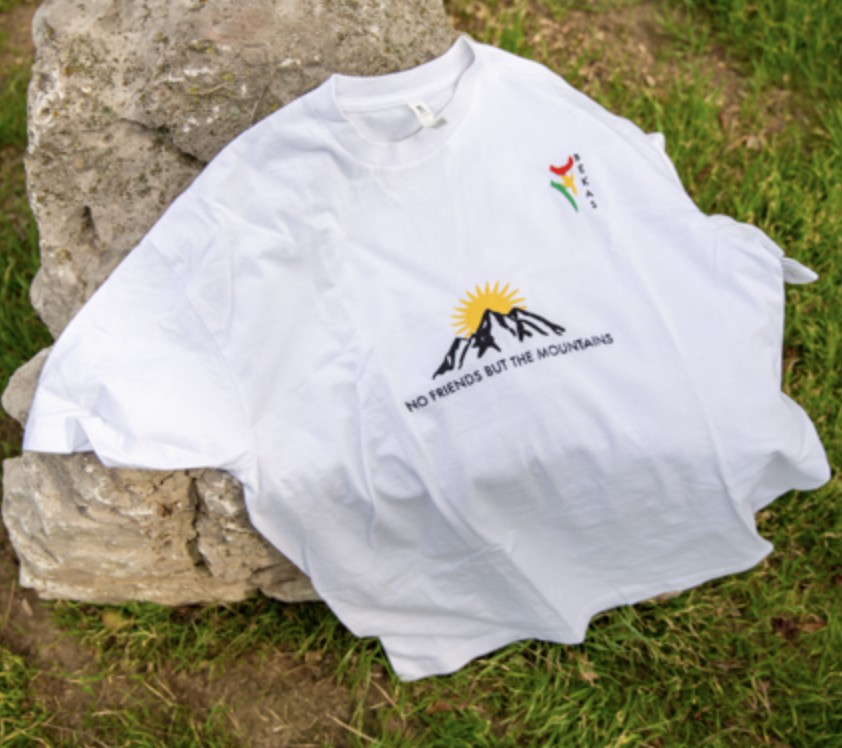In Sabunkaran, the oldest neighborhood of Sulaymaniyah – pronounced “Slemani” by locals – in the Kurdistan Region of Iraq, lies a cultural relic that has withstood the test of time: Mufti Hammam, a traditional public steam bath for women that has retained its original design for over two centuries.
Upon stepping into the Mufti Hammam, an enveloping wave of nostalgia washes over visitors. Its thick walls, adorned with intricate yet timeless architectural designs, culminate in a dome that crowns the structure. The journey begins with a reception area that leads to a circular chamber painted in green, red, and blue. This chamber serves as the antechamber, where women disrobe before entering the steamy bath hall.
Adjacent to the hammam lies the saray, an integral part of the establishment, whose original grandeur and purpose have evolved over time. Originally, it was used as a shelter for the horses of arriving travelers, who could then indulge in the hammam's offerings and engage in local commerce.
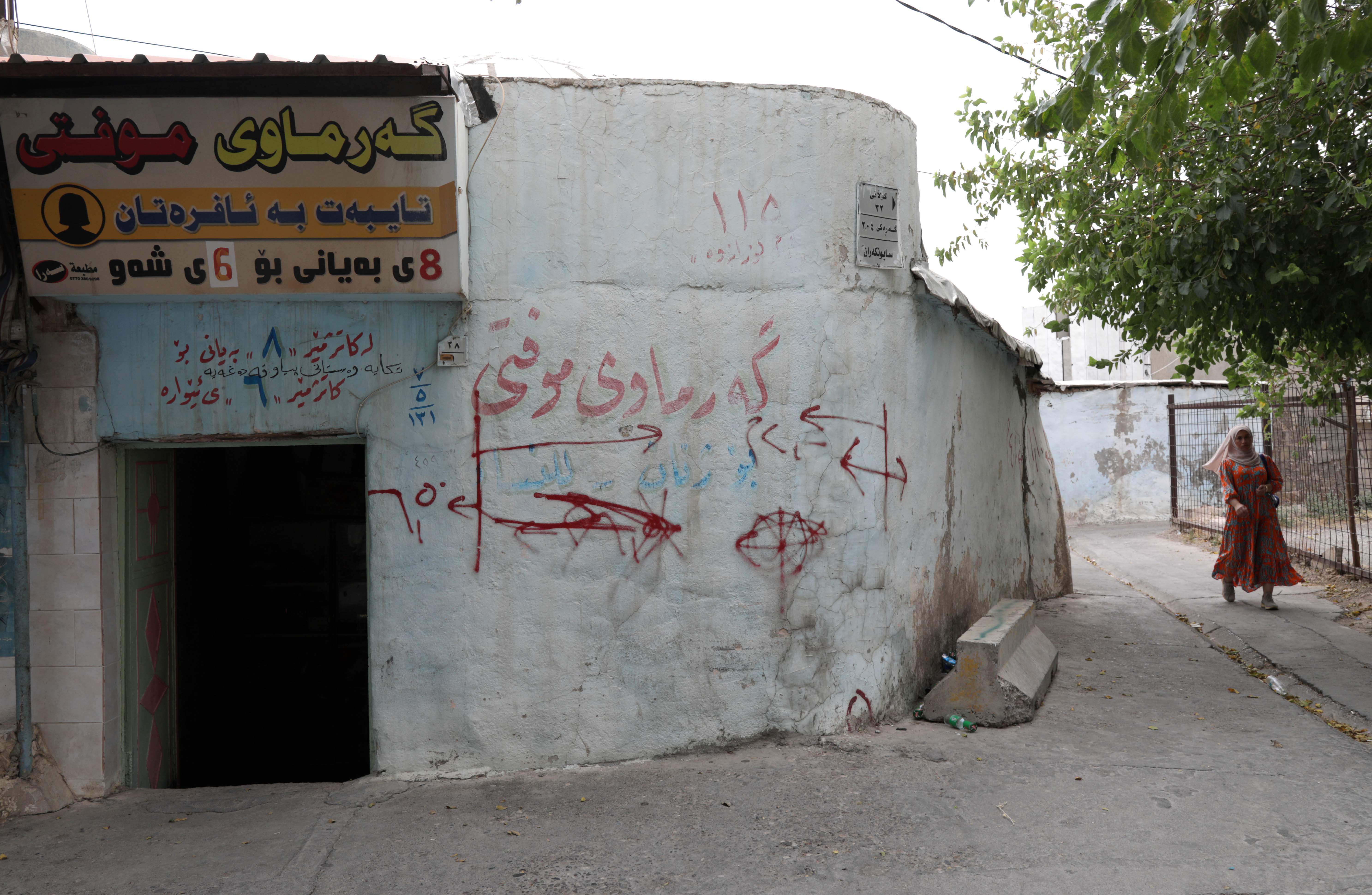
Amina’s guardianship
Since 1989, the guardian of this cultural landmark has been Amina Mohammad Ahmed, renowned for her kindness and warmth. The Mufti Hammam is Sulaymaniyah’s only public steam bath for women, with three other hammams catering solely to men.
Amina's journey began when her husband rented the hammam in 1978. Initially it was open to both genders, with men bathing in the morning and women in the afternoon. However, in 1989, the city's mayor declared that the Mufti Hammam would serve women exclusively. Amina took over operation in the aftermath of this change.
The hammam has a storied lineage, passing through 29 successive families before finding its current caretaker. Amina reflects on her job, describing it as a profoundly gratifying endeavor.
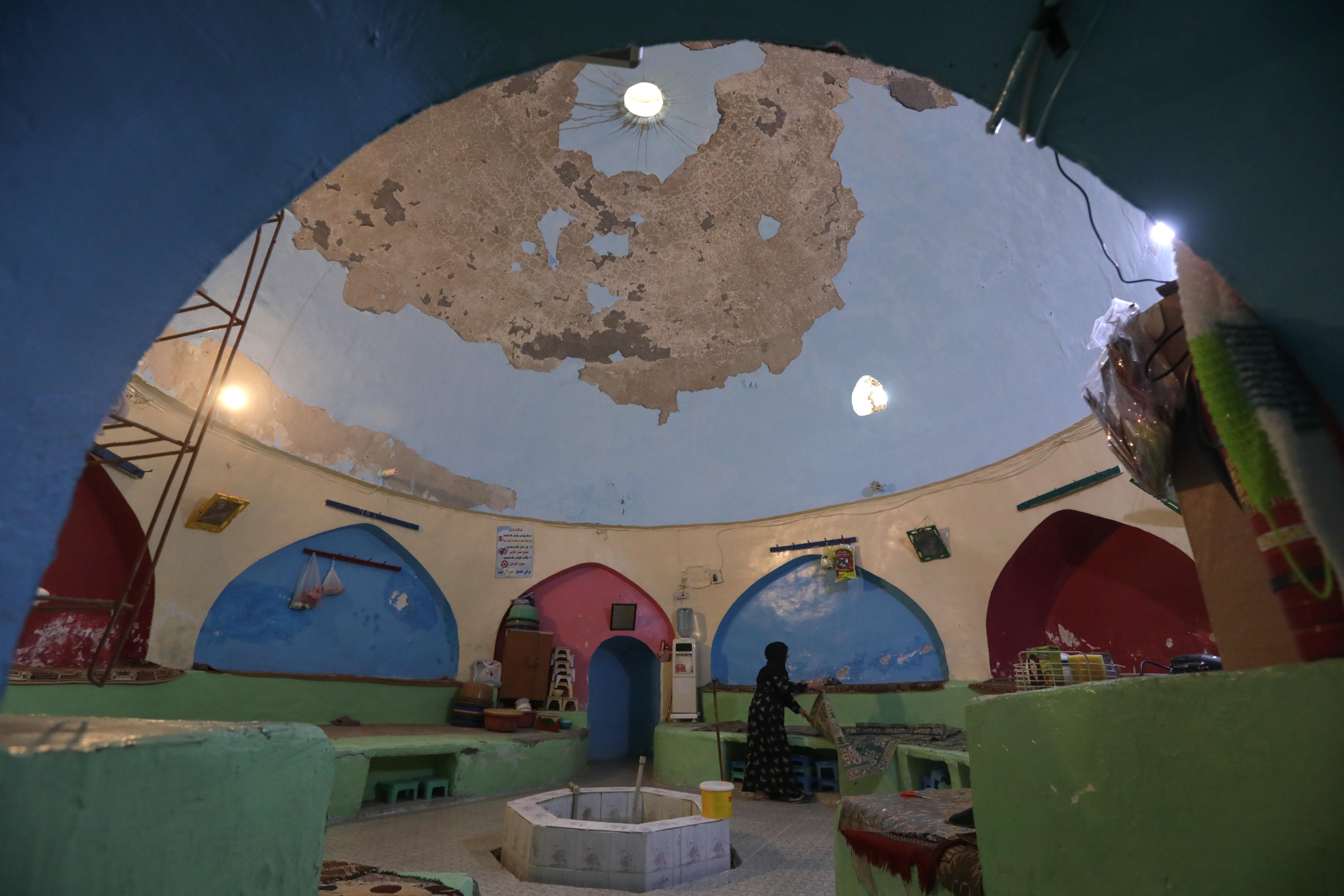
“Working in a hammam is the most joyful job a person can have,” Amina told Kurdistan Chronicle.
She went on to say that hammams are more than just places for bathing; they are also a social space where women gather to converse and take a break from the hardships and troubles of daily life.
According to Amina, fewer women are visiting the hammam now than in the past. In the summer, no more than five women come each day, and on some days no one comes. In the winter, around 15-20 women come each day.
Despite having fewer customers during the summer, with temperatures outside reaching 40°C, Amina does not get bored. Instead, she keeps herself busy by knitting loofahs and body scrubbers, which she sells inside the hammam as well as to nearby shops.

Traditions and uncertainty
Reflecting on the past, Amina recalls the 1990s, when the hammam operated around the clock due to the scarcity of electricity and heating fuel during the UN embargo on Iraq.
She laments the fading of certain traditions linked to the hammam. Once, brides-to-be were ceremoniously bathed the day before their wedding, accompanied by festivities and sweet treats. Similarly, new mothers and their infants were brought to the hammam a week after delivery, accompanied by sweets to share.
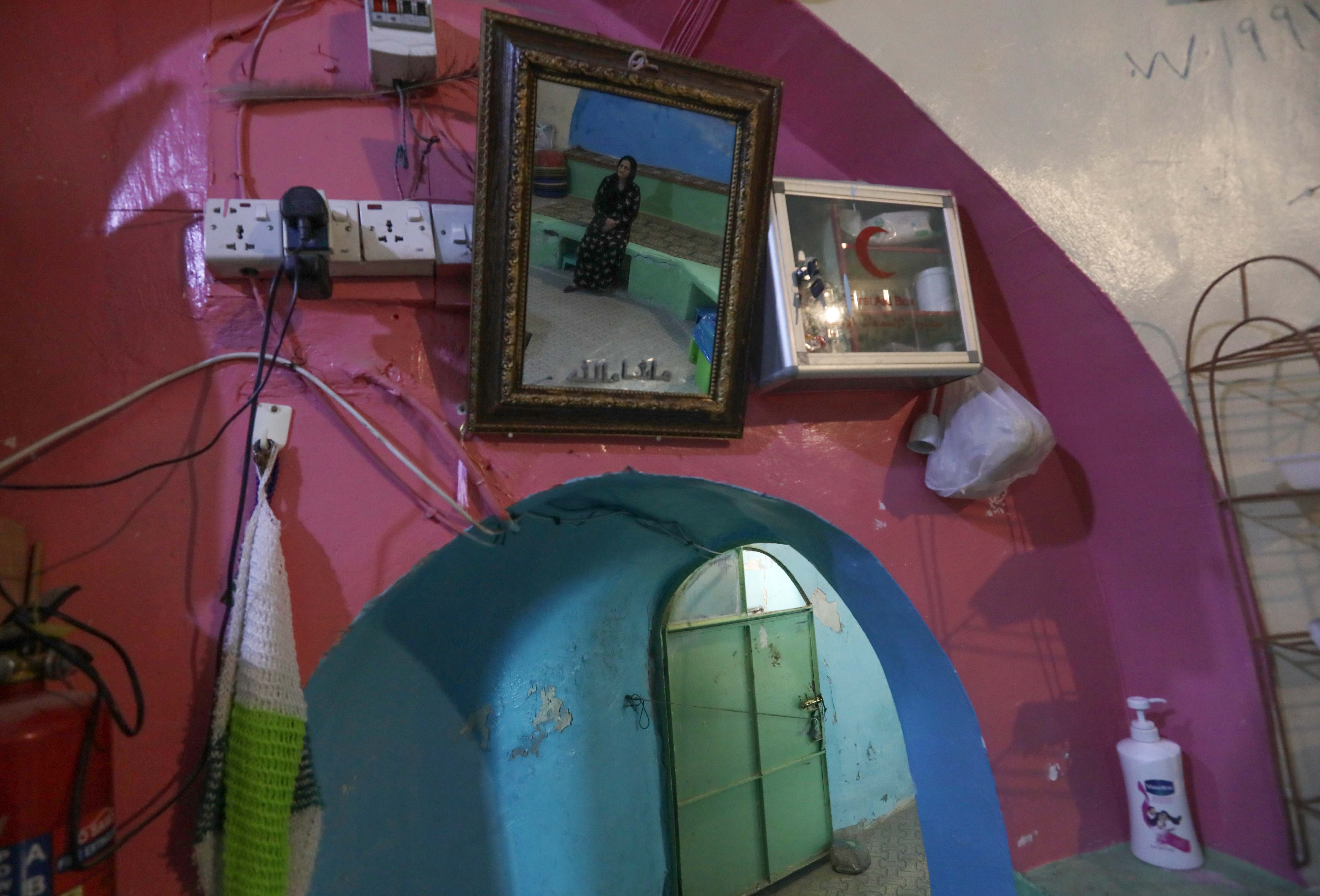
The hammam was not only a place of cleansing but also a matchmaker's realm. Amina recalls how mothers would frequent the hammam in search of prospective partners for their sons. She laughs as she tells stories of women thanking her hammam for introducing them to their husbands.
On the hammam’s front gate it is written: “Men are not allowed to stand in front of the hammam.”
Amina recalled an amusing story from a few months after the hammam became exclusively for women in 1989. She was busy inside the steam room and heard the sound of coins and a man singing in the changing hall. When she went to the hall, she saw a man in just his shorts preparing to go into the steam hall. When the man saw Amina, he was taken aback and asked if this was a women's hammam. When Amina replied, he rushed to put on his clothes and bolted out the door.
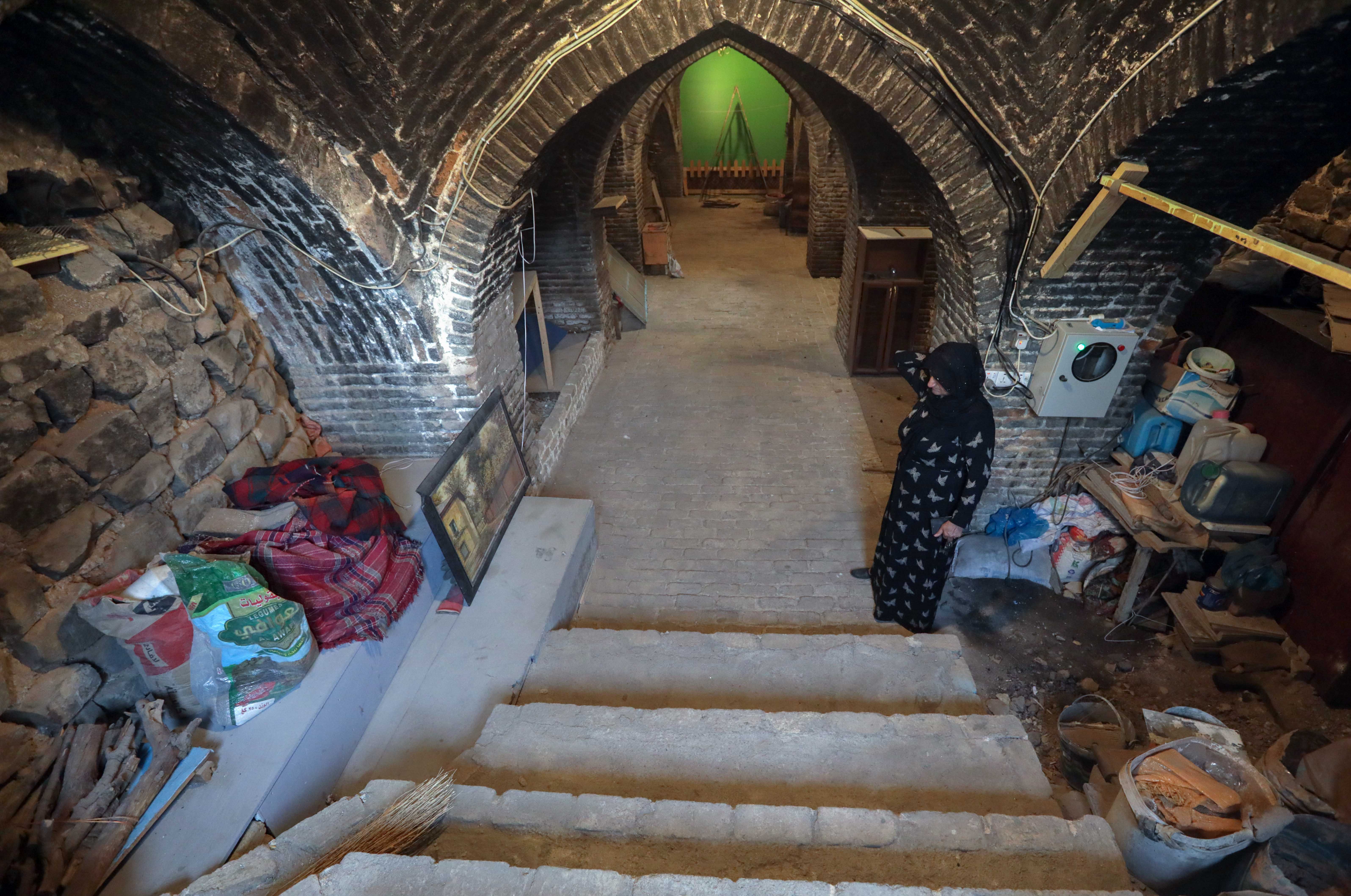
Amina grapples with uncertainty regarding the hammam's future. Her daughters, now married, hold no aspirations to oversee it. Her youngest son is interested, but he wants to convert it into a men-only hammam, which Amina strongly opposes.
“It's the only women's hammam in Sulaymaniyah, and it should stay that way,” she said.
As the sun sets on Amina's tenure, she envisions a future where the hammam thrives. Amina hopes that the Kurdistan Regional Government will breathe new life into this piece of cultural heritage, restoring it to its former splendor. Amidst the city's changing landscape, Amina stands resolute, determined that this bastion of tradition remains unshaken by the passage of time.
“Many old landmarks have been destroyed in this city; I hope this hammam does not become one of them,” Amina concluded.
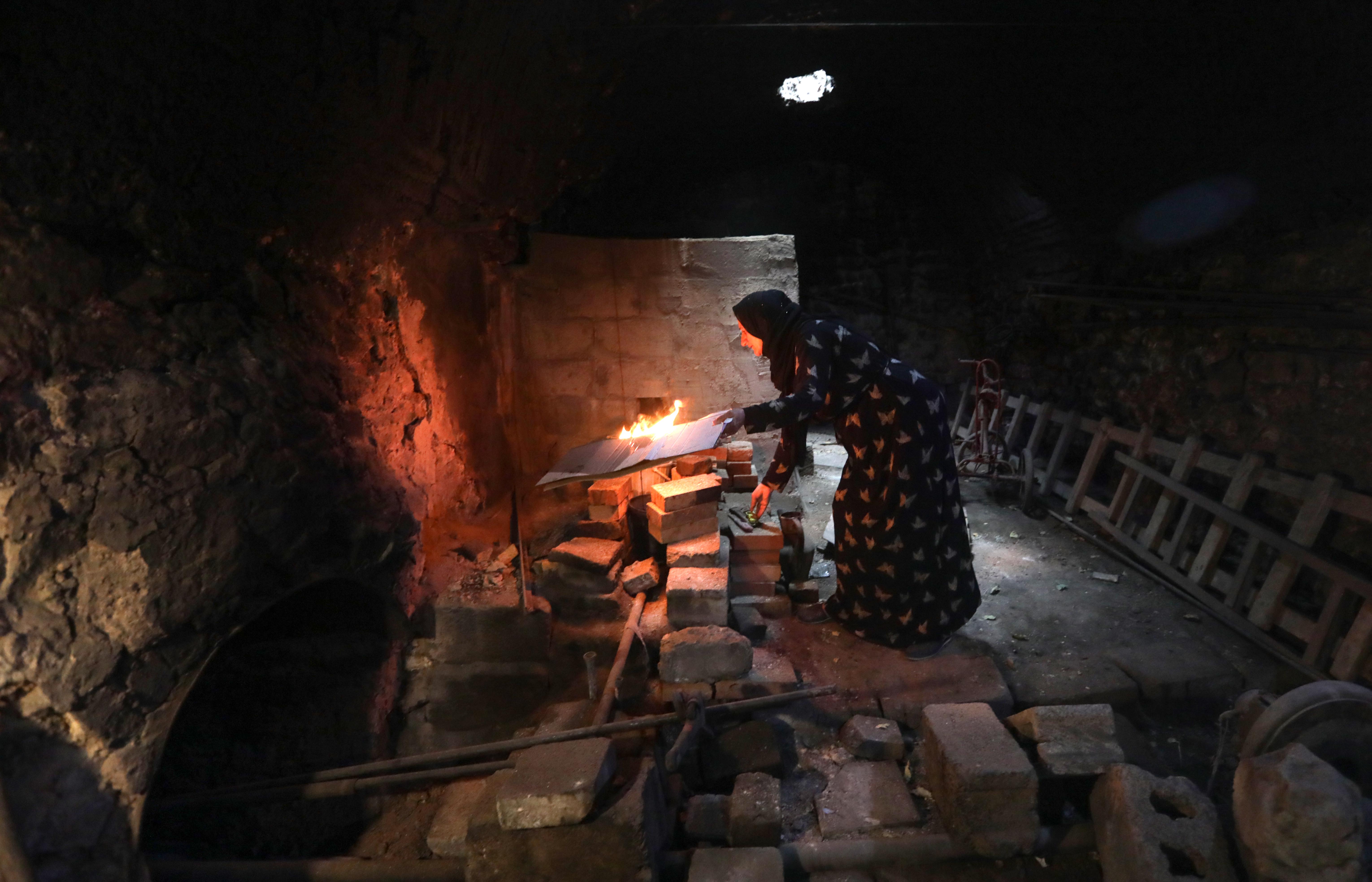
Qassim Khidhir has 15 years of experience in journalism and media development in Iraq. He has contributed to both local and international media outlets.
